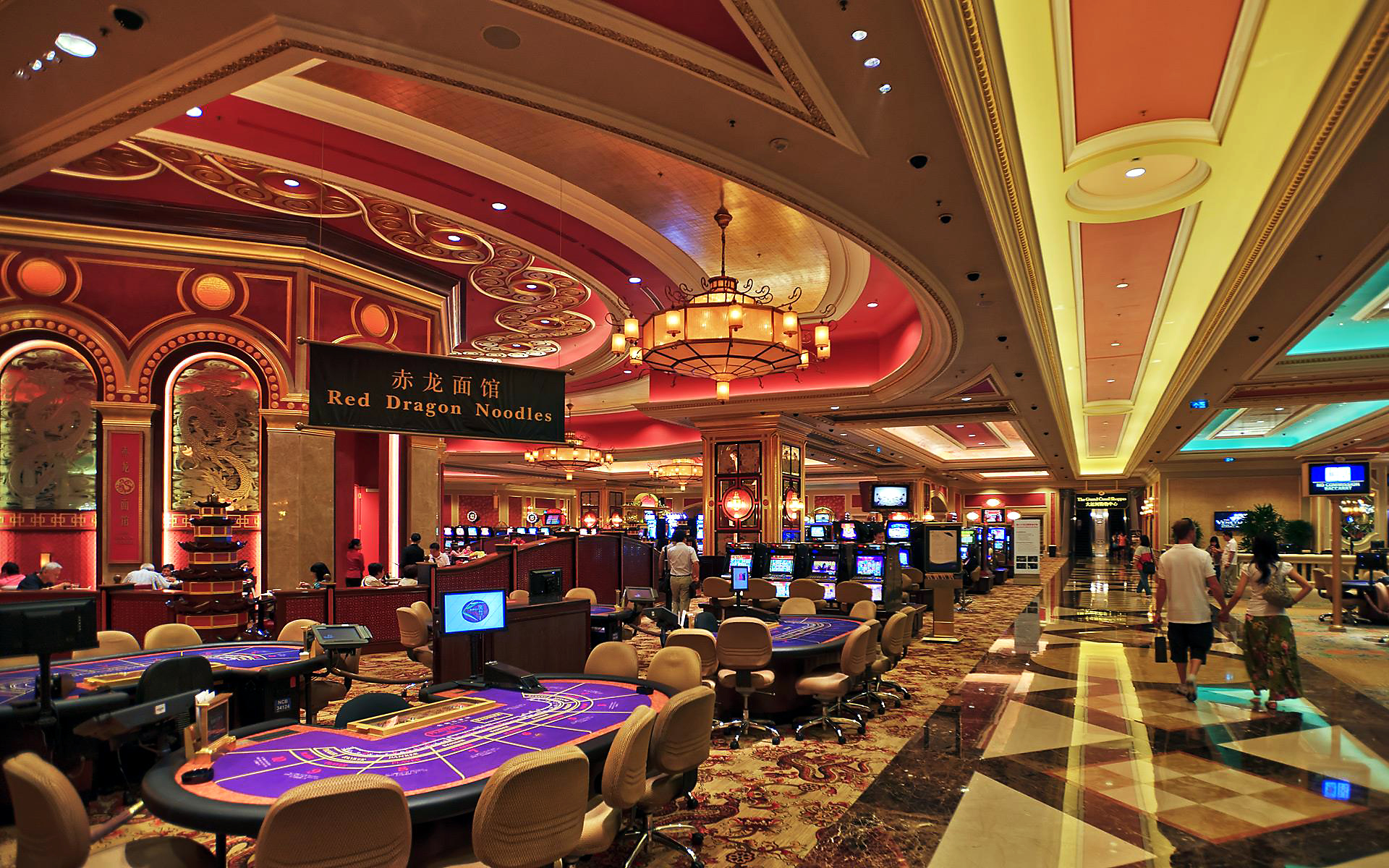
In the shadows of these glittering lights and the alluring sounds of spinning wheels lies an dynamic world where innovation meets numbers: the creation of casino games. While players flock to casinos seeking thrills and the possibility of striking it rich big, a huge amount of effort takes form behind the scenes to create the games for their enjoyment. From the starting concept to the final product that players engage with, numerous elements are brought together to ensure a captivating play experience.
Creators, technicians, and game developers work together to combine cutting-edge technology with enthralling gameplay mechanics. Each aspect, from graphics and audio elements to probabilities plus returns, is carefully designed to draw in players plus keep them entertained. Understanding this complex process of the way casino games are made reveals not only the technical expertise involved but also the creative vision that transforms these immersive experiences to life.
Casino Game Design Process
The game process begins with brainstorming and concept development, where creators generate concepts for innovative casino games. This initial phase typically involves identifying target audiences and analyzing market trends. Designers consider factors such as game mechanics, themes, and payout structures to create an immersive experience. Collaboration between game designers, mathematicians, and artists is crucial to ensure a balanced concept.
Once a design is selected, the next stage entails creating prototypes and testing. Designers build a functional version of the game to evaluate its playability and mechanics. This allows for adjustments and refinements based on feedback from testers. Reiteration is vital, as designers may navigate multiple rounds of testing to fine-tune gameplay balance and user experience. This stage is crucial for spotting any potential issues before the game is finalized.
After testing, the game moves into development and production. This includes the technical aspects of coding the game software, integrating graphics, and ensuring compliance with gaming regulations. Quality assurance testing ensures that the game functions seamlessly across different platforms and devices. Once everything is refined, the game is prepared for launch, often accompanied by marketing strategies to attract players and generate buzz around the new casino offering.
Tech and Advancement
The evolution of gambling games has transformed significantly with advancements in tech. Contemporary game design often features high-quality graphics, immersive sound effects, and dynamic animations that deliver a compelling experience for players. Game developers use complex software tools and coding languages to build these immersive gaming experiences. Additionally, the use of random number generators ensures fairness and unpredictability in outcomes, which is essential for ensuring player trust and compliance with gaming regulations.
In the past few years, the surge of online casinos has pushed the boundaries of game development even further. Developers are now able to design games that appeal to a global audience, integrating features such as live dealer options and virtual reality environments. This shift has encouraged new ideas, leading to unique game mechanics and formats that enhance player engagement. Gaming on mobile devices has also become a significant focus, driving developers to tailor games for smartphones and tablets, ensuring availability and ease of access for players on the go.
Cooperation among designers, artists, and mathematicians is crucial in the creation process. Each team contributes their knowledge to make sure games are not only visually appealing but also statistically accurate and enjoyable. The integration of player feedback during beta testing allows developers to improve game features and functionalities, ultimately leading to a positive launch. As technology continues to advance, the potential for new game concepts and experiences is limitless, promising an thrilling future for casino games.
Assessing and Quality Control
Once a casino game has been created, it transitions to the critical phase of evaluation and quality control. This phase ensures that the game operates seamlessly and provides a balanced experience for users. Teams conduct thorough tests, including operational checks to verify that all game features work as intended. serbu4d Each element, from visuals to audio, is evaluated to ensure quality benchmarks are met.
In addition to operational testing, the game experiences stringent compliance checks to meet compliance requirements. Various jurisdictions have specific rules governing game fairness and player protection. Quality assurance teams will confirm that the random number generators are working correctly and that the game’s payout percentages align with industry standards. This detailed examination helps build trust with players and regulators alike.
Finally, beta testing may be conducted with real players to gather insights on user experience. This critical insight allows developers to implement necessary adjustments before the public launch. Addressing any potential issues identified during this phase helps ensure that users will have a fluent, immersive experience when the game goes live. The commitment to quality reflects the sector’s dedication to delivering entertaining and trustworthy casino games.
